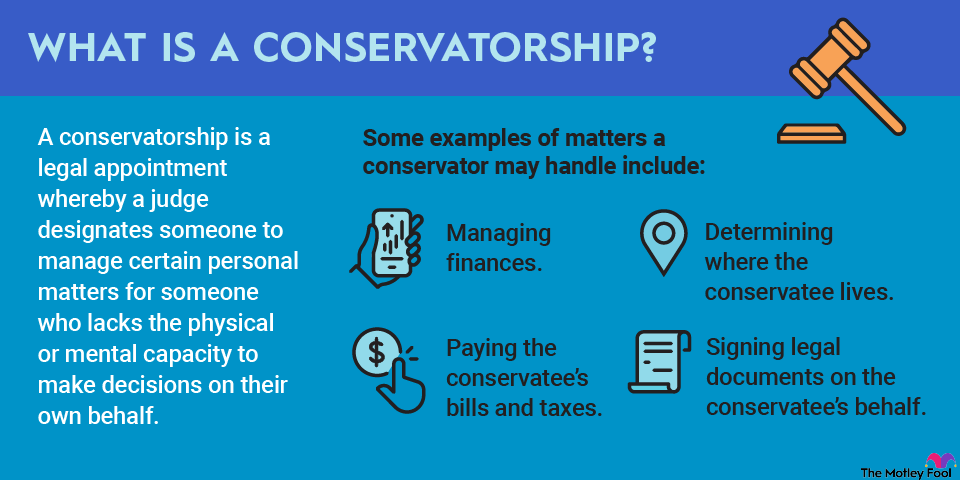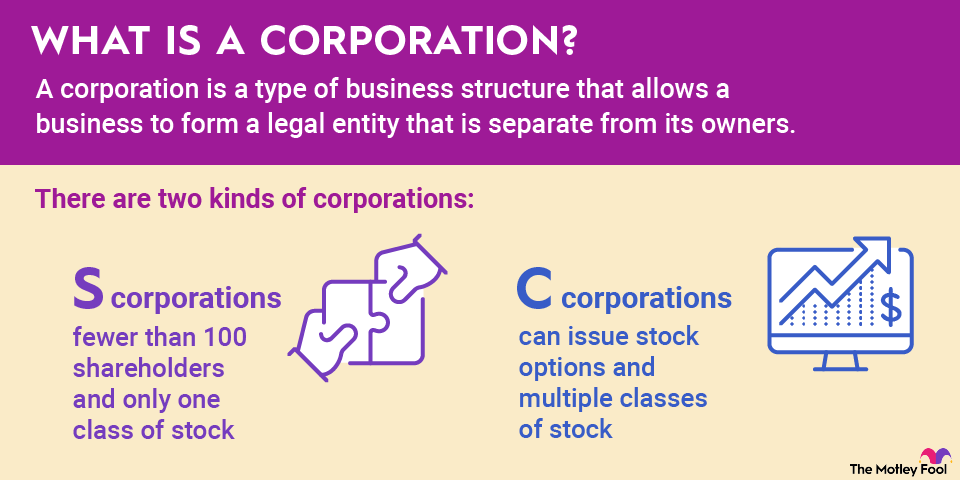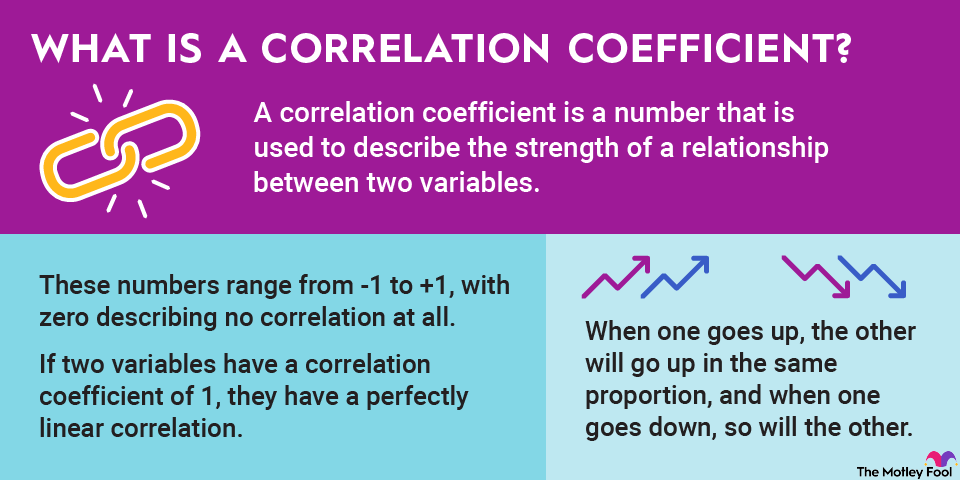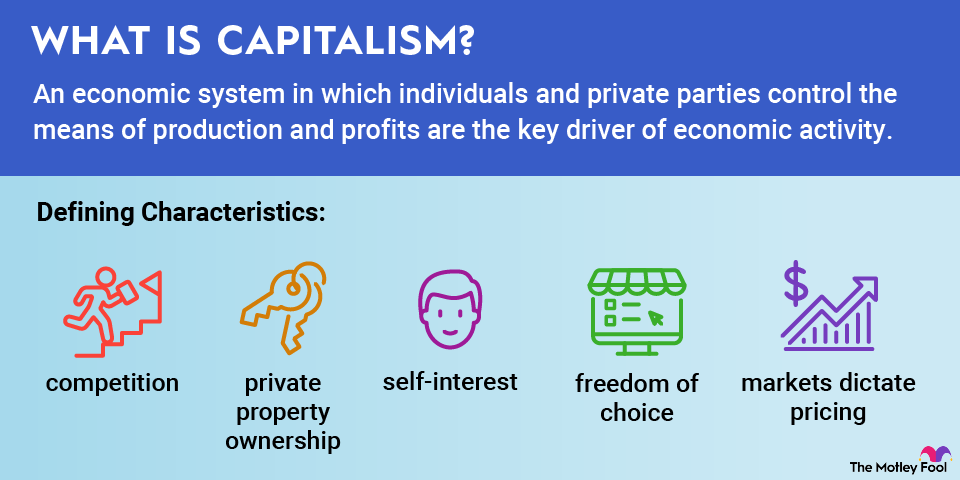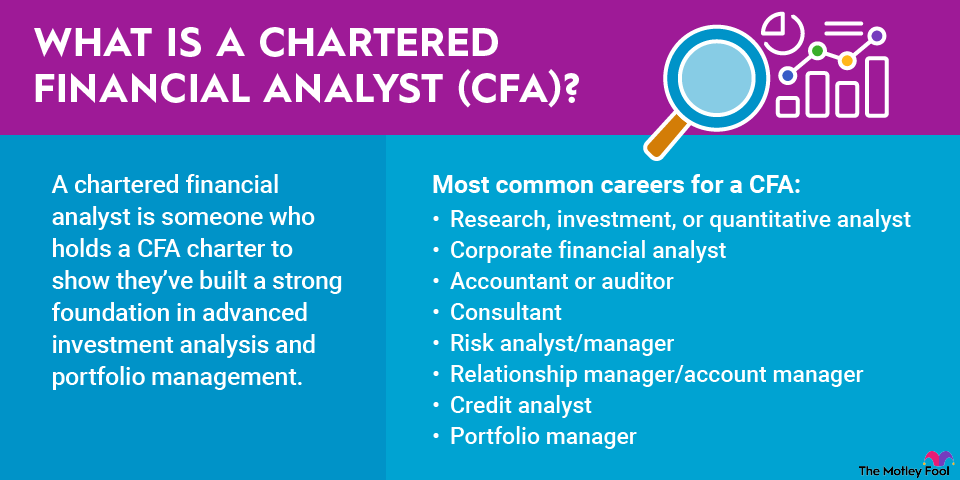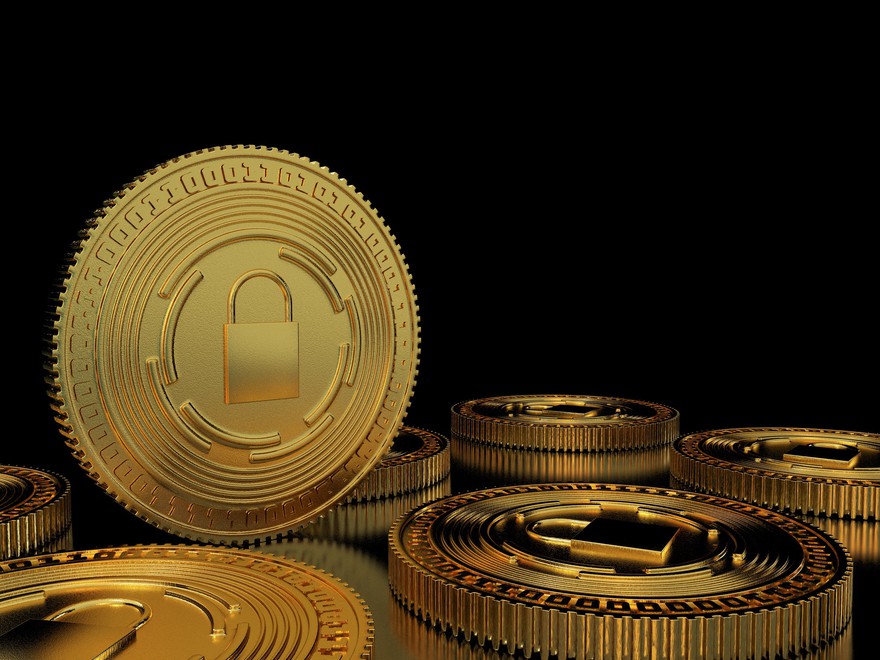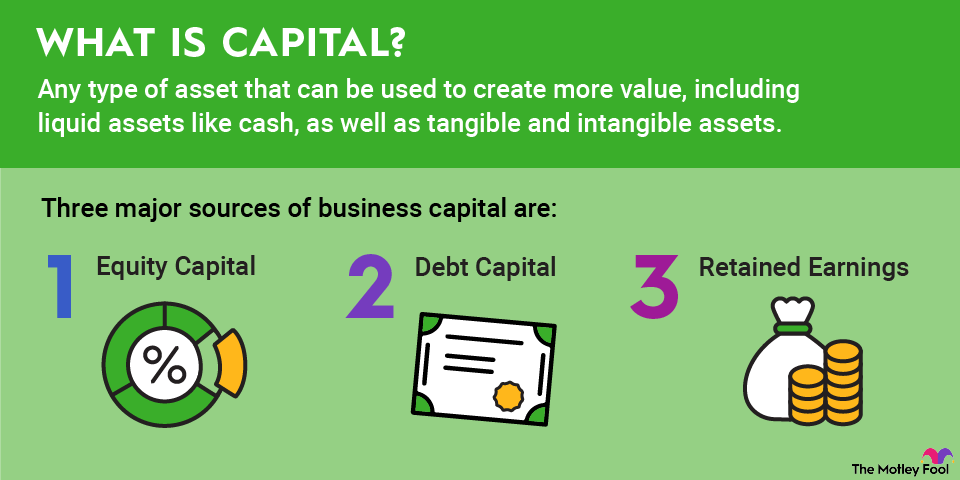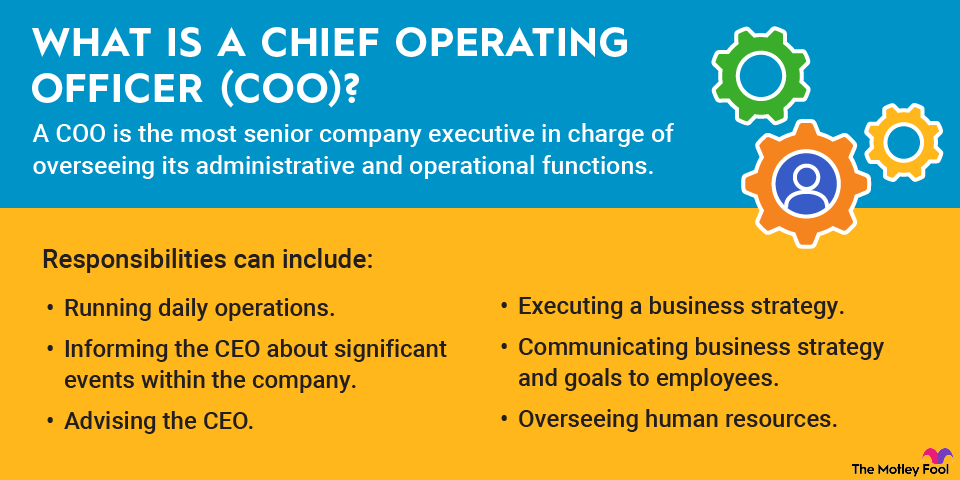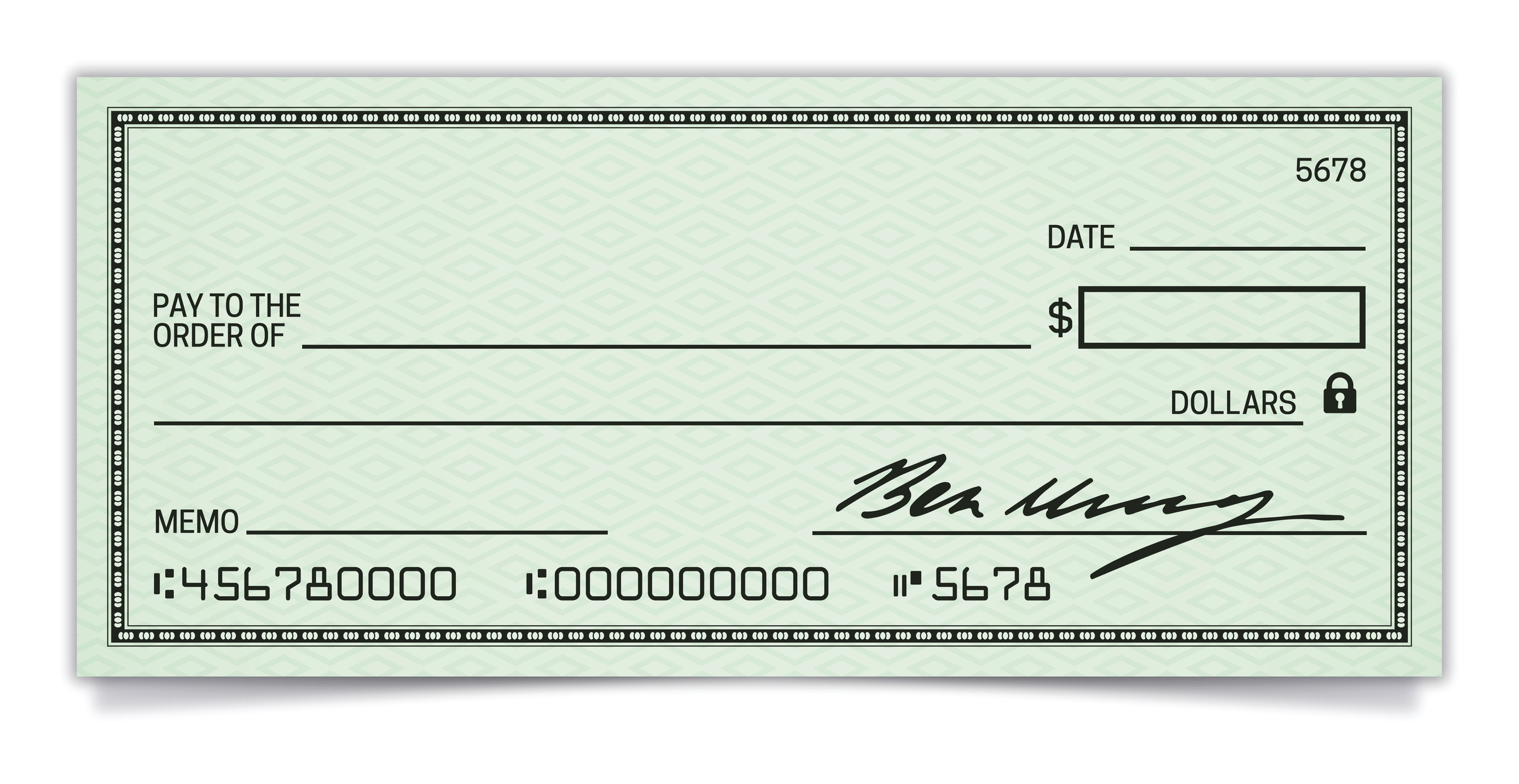For most consumers, checking accounts are a crucial aspect of managing their daily finances and building a solid financial foundation. A checking account offers an easy way to access your money for paying bills and making purchases through debit cards, ATMs, and online transfers.
Your checking accounts also provide a clear record of income and expenses through bank statements and online banking, simplifying aspects of your financial life such as budgeting and tracking spending habits. Unlike carrying large amounts of cash, checking accounts also offer a secure way to store your hard-earned money.
Here’s what you should know about checking accounts, how they work, and much more.

What is a checking account?
A checking account is a deposit account at a bank or credit union that allows you to deposit and withdraw money easily and frequently. It’s designed for the money you intend to spend on day-to-day needs, rather than for long-term savings like a savings account or a certificate of deposit (CD).
If you put your money in a checking account, it's federally insured by the Federal Deposit Insurance Corporation (FDIC) for banks and the National Credit Union Administration (NCUA) for credit unions, protecting it up to $250,000 per depositor, per institution, per ownership category in case the institution fails.
How does a checking account work?
You can deposit money into your checking account in various ways, including:
- Direct deposit: Your paycheck or other regular payments can be automatically deposited into your account by your employer or payer.
- Cash deposits: You can deposit cash at a bank branch or ATM.
- Check deposits: You can deposit checks in person, at an ATM, or using mobile deposit via your bank's app.
- Transfers: You can transfer funds from other accounts or receive money from others.
Checking accounts are designed to allow easy access to your funds for regular transactions, with no limits on the number of deposits or withdrawals in most cases. Checking accounts typically offer several different ways to access your money:
- Debit card: You can use a debit card linked to your checking account to make purchases at stores, online, or withdraw cash from ATMs.
- Checks: You can write checks to pay bills or other individuals.
- Online banking & bill pay: Most banks provide online and mobile banking platforms where you can manage your account, pay bills, transfer funds, and set up recurring payments.
- Electronic transfers: You can send and receive funds electronically, such as through wire transfers or payment apps.
Some banks offer overdraft protection, which can prevent bounced checks or declined transactions. While many checking accounts are free or have low fees, there are some common fees to be aware of. Some accounts charge a monthly fee to maintain the account. You may be able to waive this fee by meeting certain requirements, like maintaining a minimum balance or setting up direct deposit.
Some banks charge overdraft fees when you spend more than your available balance and the bank processes the transaction. Fees may also be charged by both your bank and the ATM operator when using ATMs outside of your bank's network to access your checking account.
What is the difference between a checking account and a savings account?
In a nutshell, checking accounts are for your everyday spending, while savings accounts are for stashing money away and letting it grow. Savings accounts are intended for saving money for future goals, like a down payment on a house, an emergency fund, or a vacation.
While you can access your funds, there may be limits on the number of withdrawals or transfers you can make per month without incurring fees; checking accounts generally allow for unlimited transactions without penalty. Saving accounts typically offer higher interest rates than checking accounts, allowing your money to grow over time.
High-yield savings accounts, particularly at online banks, can offer significantly higher annual percentage yields (APYs). Savings accounts may have minimum balance requirements or inactivity fees, but some accounts offer ways to avoid these, such as maintaining a linked checking account. Both checking and savings accounts are FDIC-insured (or covered by the NCUA for credit unions).
Related investing topics
The bottom line
Checking accounts are generally designed for transactional purposes rather than earning high interest. For long-term savings goals, a savings account or other investment accounts may be more suitable. Ideally, you'll benefit from having multiple accounts to manage your finances effectively.
